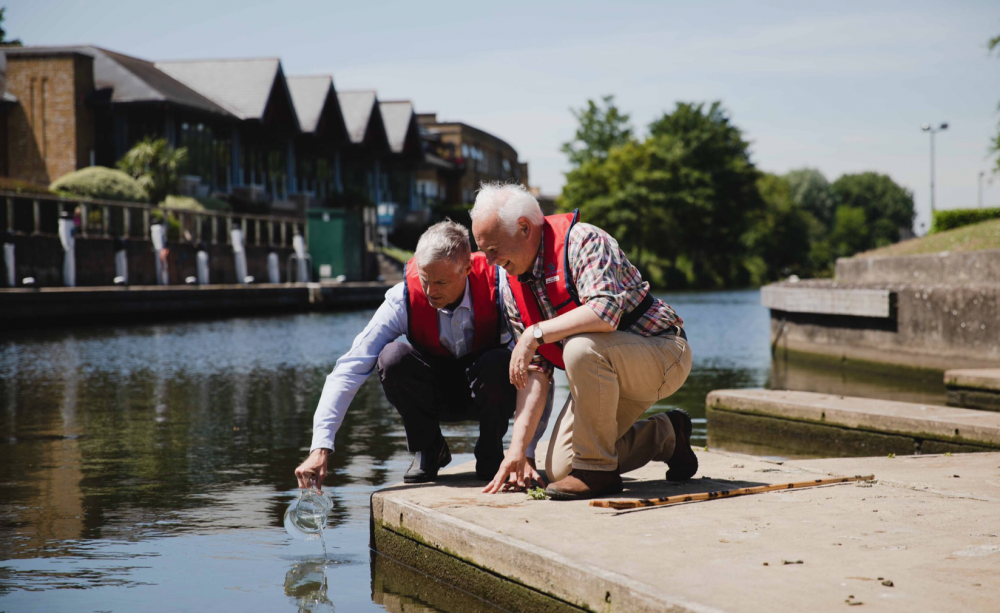Sensitivities of Japanese eel
primary ovary on exogenous androgen – correlated with ovarian
neuropeptides and their receptors?
Yung-Sen Huanga*, Chung-Yen Linb
a Department Life Science, National University of Kaohsiung,
Kaohsiung, Taiwan.
b Institute of Information Science, Academia Sinica,
Taipei, Taiwan.
In mammals, the
ovary and the central nervous system through the autonomic pathways is
connected, the evidences highlight the role of the superior ovarian nerve (SON)
in the ovarian phenomena in rats. Furthermore, effects on the ovary of
neurotransmitters and neuropeptides have been found in this organ. If the
development of eel ovary was more like to organogesis, the role of angiogenic
growth factors in organogenesis has been reviewed, angiogenesis
and neurogenesis are coupled processes, VEGF stimulates neurogenesis, vice versa, the vascular cells are also
responsive to neurotrophins. In the eel (Anguilla spp.), the positive
effect of androgens on the primary ovarian development is established in the
last years, but there are few data to elucidate how is this stimulatory effect
to exerting. Indeed, by decreasing ovarian PTEN/PTEN
levels or by stimulating follicular FSH
receptor expression has been documented in the eel by exogenous androgens. In
the Mammal, androgens have been shown to stimulate ovarian granulosa cell
proliferation, to increase FSHR, and to decrease AMH, furthermore, to down-regulate
TGFβ ligands as well as the receptors has also been reported. Actually, in the
eel, the variations on exogenous androgen-induced effect in a population is
obvious.
The aims of
this study are: (1) to explore what caused the variation on exogenous
androgen-induced effect; (2) to understand the correlation between gene
background pattern and positive effect of exogenous androgen-induced effects
based on expression patterns of ovarian neuropeptide receptors, growth factor
receptors, and angiogenic as well as neurogenic factors; (3) to find plausible
biological markers to predict the results of eel artificial maturation-induce
process.
Pond-cultured Japanese eels with similar body
weight (c.a. 650 g, n= 7) were operated to sample ovarian tissues before
androgen (MT) implant-treatment (to minimalize the injection-procedure-related
stress), then, after 4 weeks, ovarian tissues were collected. Sampled ovarian
tissues were stored in the liquid nitrogen. The effect of MT on ovarian development
was evaluated based on the increase of egg diameter before and after the
treatment in the same individual. The ones with a significant difference on egg
diameter were selected, and the paired sampled tissues RNAs were sequenced,
transcriptome was made of total RNA-Seq analyzes both coding and multiple forms
of noncoding RNA. By the way, the Japanese eel genome has been assembled from
the blood of female yellow one. By taking 1,211 scaffolds in length larger than
100Kb, these scaffolds can composite 92% of Japanese eel genome. The
transcriptome information of 16,104 annotation genes from three paired ones was
implemented into a web database (http://molas.iis.sinica.edu.tw/jpeel).
The results
indicated that: (1) The positive effects of MT might be in vain if, in the
begin, the egg diameter was small than 0.10 mm. (2) By cluster analysis and
based on heatmap method, the ones in the same clade had a similar phenotype,
although the pattern of heatmap was not identical, and the certain genes seemed
to correlate to the androgen stimulatory effects by Venn diagram method. (3) correlation
between the patterns of gene expressions of those growth factors as well as their receptors and the phenotype were
not totally coincided with.
Our report based
on the exploring data from a transcriptome leads arguments that: (1) the
importance of various gene isoforms on a biological process, especially in the
Teleost; (2) the importance of basal gene expression levels, of induced gene
expression ones, or that of gene expression fold-changes; (3) the importance of
the understanding of whole genome on NGS and on gene annotation; (4) the
importance of new mathematics or/and statistics, and bio informatics methods on
biological studies. (5) the importance of complexity in a small, compact, high
efficient cell/tissue.








